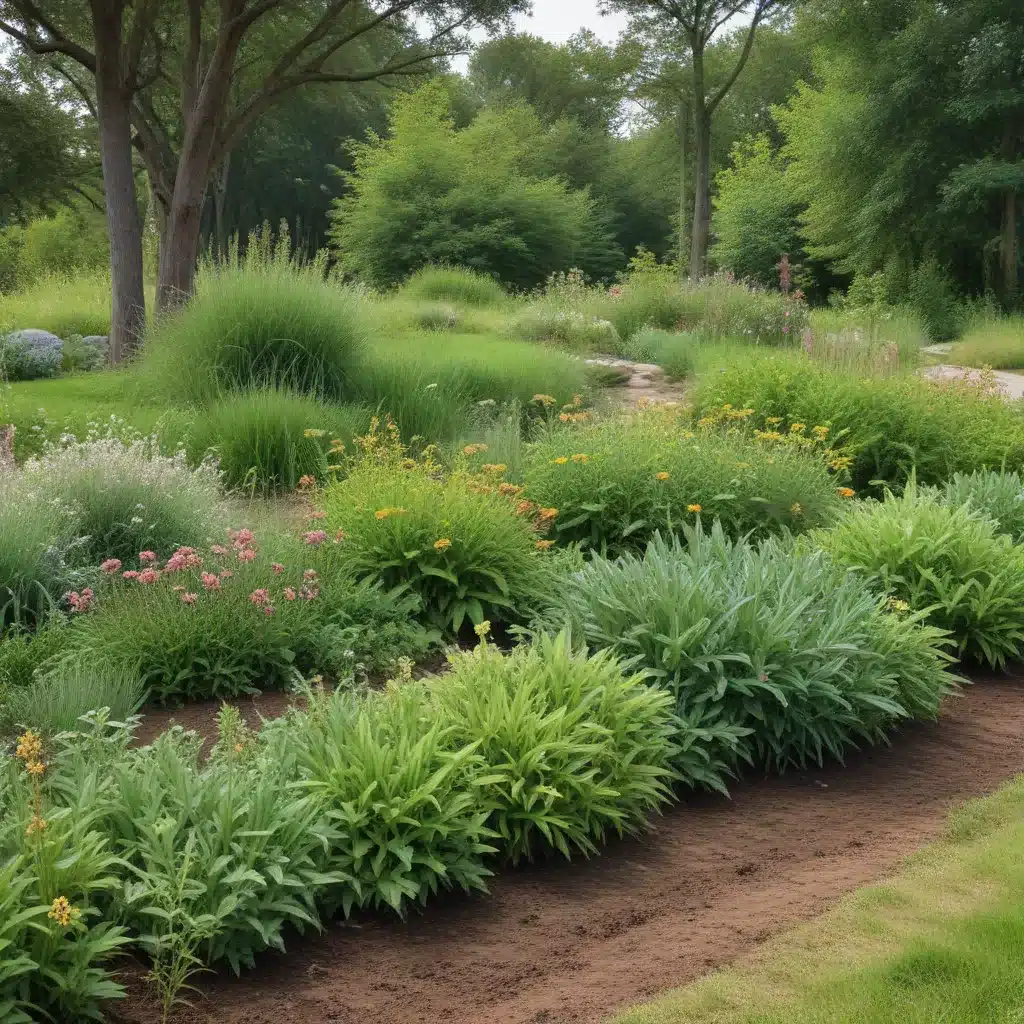
Cultivating a Vibrant Campus Ecosystem
At Stanley Park High School, we are committed to creating a sustainable and environmentally-friendly campus that supports diverse wildlife and enhances the learning experience for our students. In this article, we will explore the benefits of incorporating native plant landscaping and habitat connectivity into our school grounds, and provide practical tips for implementing these eco-friendly practices.
The Benefits of Native Plant Landscaping
Native plants are those that have evolved naturally in a specific region or ecosystem, and they play a crucial role in supporting local wildlife. By incorporating more native plants into our campus landscape, we can enjoy a wide range of benefits:
Reduced Water Consumption
Native plants are typically well-adapted to the local climate and soil conditions, requiring less water to thrive compared to non-native or ornamental species. This helps us to conserve our precious water resources and reduce the environmental impact of our landscaping efforts.
Increased Biodiversity
Native plants provide food and shelter for a variety of native animal species, including pollinators like bees, butterflies, and hummingbirds. By creating a diverse, native-centric landscape, we can attract and support a wider range of wildlife, contributing to the overall biodiversity of our campus ecosystem.
Improved Soil Health
Native plants often have deep, extensive root systems that help to improve soil structure, water infiltration, and nutrient cycling. This, in turn, supports the growth of healthy, thriving plants and reduces the need for chemical fertilizers or soil amendments.
Reduced Maintenance Needs
Once established, native plants typically require less maintenance, such as mowing, weeding, and pruning, compared to non-native or high-maintenance landscaping. This can save time, resources, and reduce the carbon footprint associated with landscaping activities.
Enhanced Aesthetic Appeal
Many native plant species offer beautiful and diverse foliage, flowers, and growth habits that can enhance the visual appeal of our campus grounds. By incorporating native plants into our landscaping, we can create a natural, cohesive, and aesthetically pleasing environment for our students, staff, and visitors to enjoy.
Habitat Connectivity: Linking Ecosystems
In addition to incorporating native plants, we recognize the importance of creating habitat connectivity within our school grounds and the surrounding areas. Habitat connectivity refers to the degree to which the landscape facilitates or impedes the movement of wildlife between different patches of habitat.
By enhancing habitat connectivity, we can:
Support Biodiversity
Allowing wildlife to move freely between different habitats increases the chances of finding food, water, shelter, and breeding grounds, which supports the overall health and diversity of local ecosystems.
Facilitate Ecological Processes
Habitat connectivity enables the flow of essential ecological processes, such as pollination, seed dispersal, and nutrient cycling, which are vital for the long-term sustainability of our campus environment.
Mitigate the Effects of Fragmentation
Many urban and suburban areas have experienced habitat fragmentation, where natural areas are divided by roads, buildings, or other infrastructure. By creating corridors and linkages between these fragmented habitats, we can help to mitigate the negative impacts on wildlife populations and ecosystem function.
Implementing Native Plant Landscaping and Habitat Connectivity
To begin the process of greening our school grounds, we have identified several key steps:
Assess the Existing Landscape
Start by evaluating the current state of our campus grounds, taking note of the existing plant species, soil conditions, and wildlife presence. This will help us identify areas that are suitable for native plant integration and habitat connectivity improvements.
Develop a Comprehensive Plan
Based on the assessment, create a long-term plan for transitioning our landscaping to a more native-centric and ecologically-focused approach. This plan should consider factors such as site-specific conditions, maintenance requirements, and budgetary constraints.
Choose Appropriate Native Plants
Consult with local nurseries, environmental organizations, or university extension services to identify native plant species that are well-suited to our regional climate and soil conditions. Prioritize species that provide food and shelter for local wildlife.
Incorporate Habitat Features
In addition to native plants, consider incorporating other habitat features, such as water sources, fallen logs or branches, and native wildflower meadows, to create a more diverse and inviting environment for wildlife.
Engage the School Community
Involve students, staff, and parents in the planning and implementation process, encouraging them to participate in hands-on projects like native plant installations, habitat monitoring, and educational initiatives. This will foster a sense of ownership and investment in the stewardship of our campus grounds.
Maintain and Monitor
Regularly maintain the native plant landscaping and habitat features, ensuring they continue to thrive and support local wildlife. Monitor the changes in biodiversity, soil health, and overall ecosystem function to assess the success of our efforts and make any necessary adjustments.
Embracing the Power of Nature
By embracing native plant landscaping and habitat connectivity on our school grounds, we have the opportunity to create a vibrant, sustainable, and ecologically-rich campus that benefits both our students and the local environment. This transformation not only beautifies our grounds, but also serves as a living laboratory for environmental education, fostering a deeper appreciation for the natural world among our school community.
As we continue to explore and implement these green initiatives, we invite you to join us in this journey towards a more sustainable and connected campus ecosystem. Together, we can cultivate a thriving environment that inspires and nurtures the next generation of environmental stewards.
For more information and resources on native plant landscaping and habitat connectivity, please visit the Stanley Park High School website.

